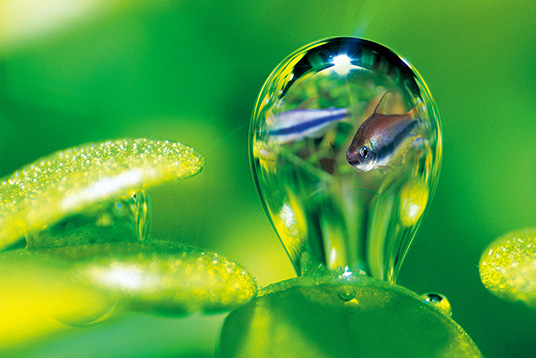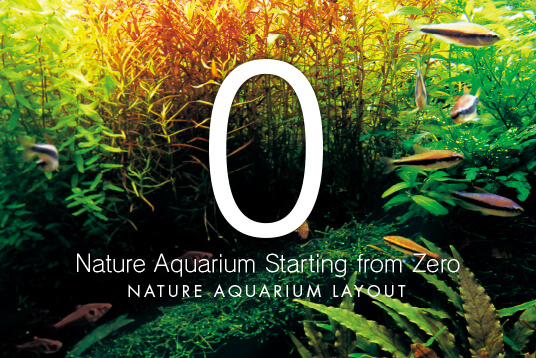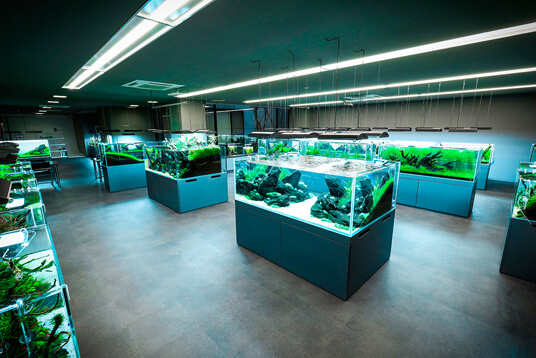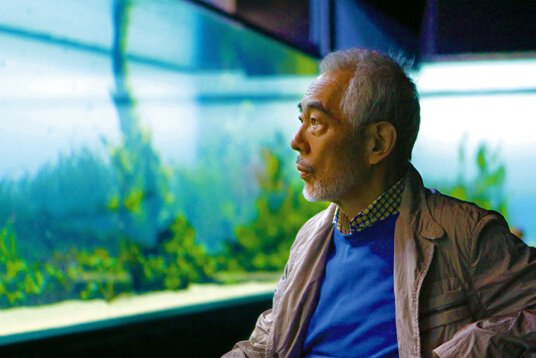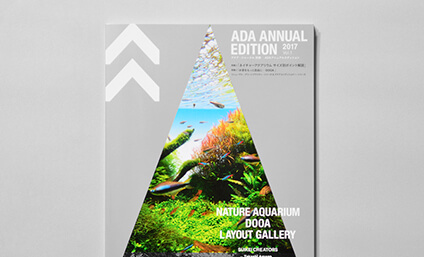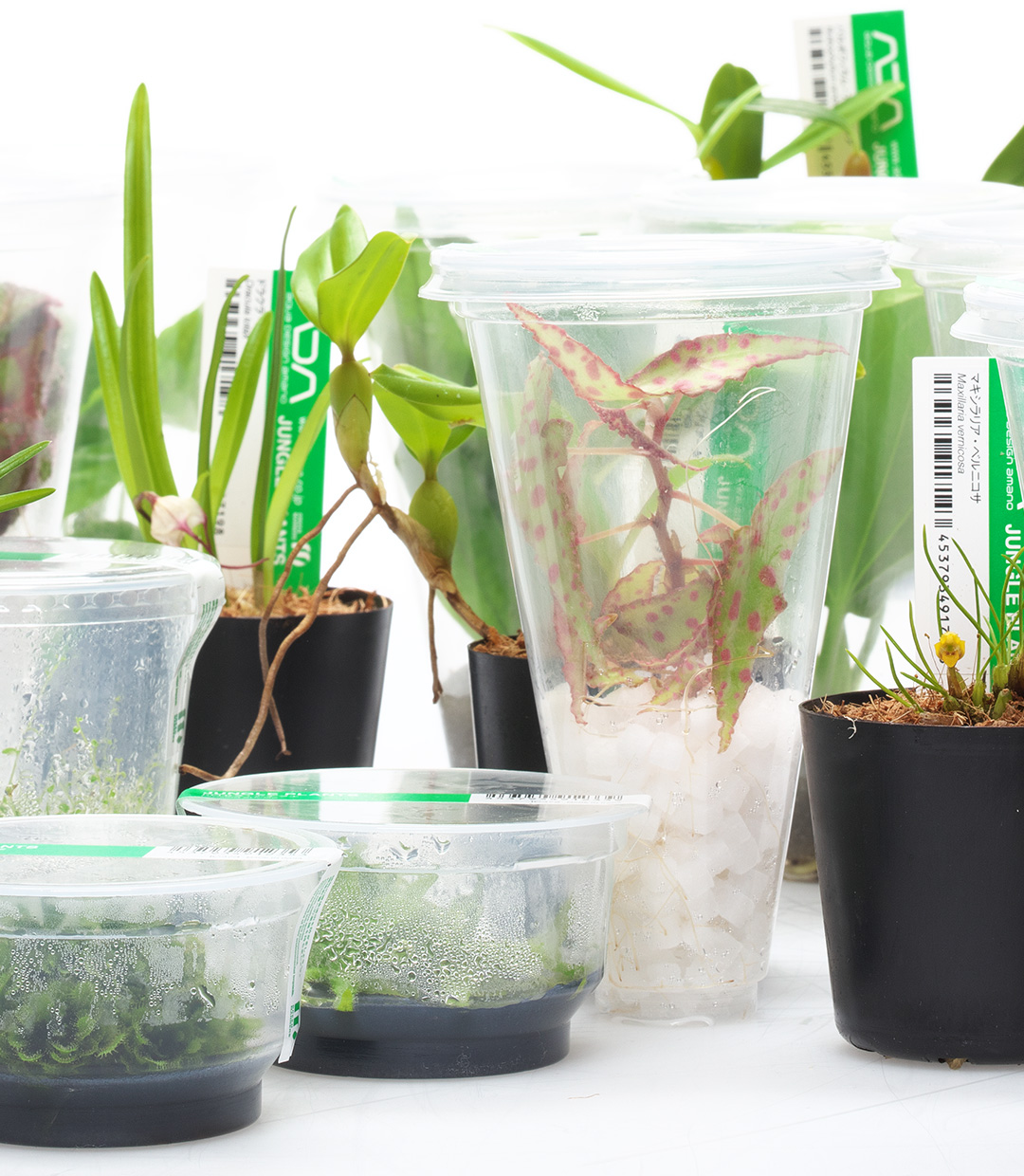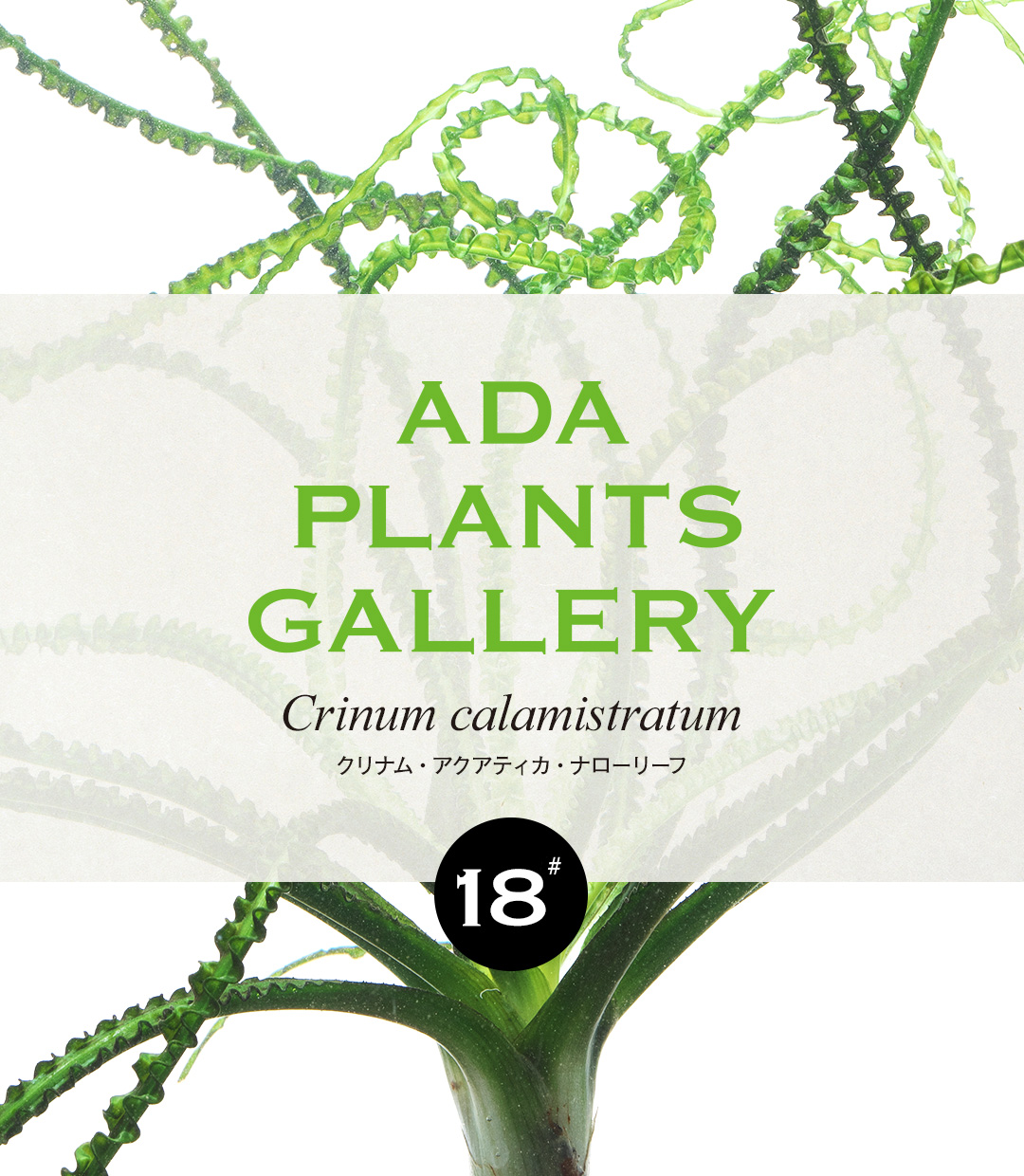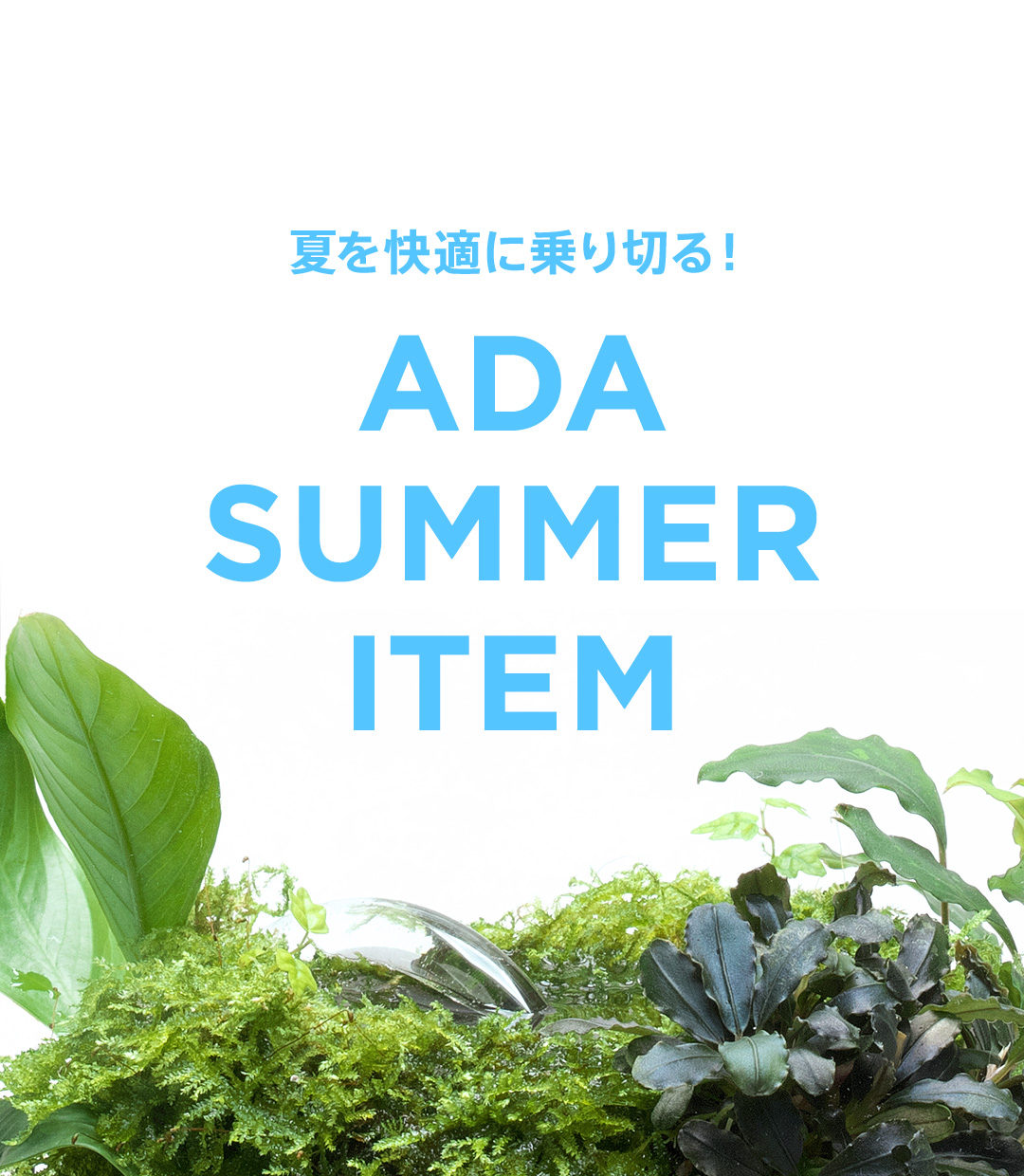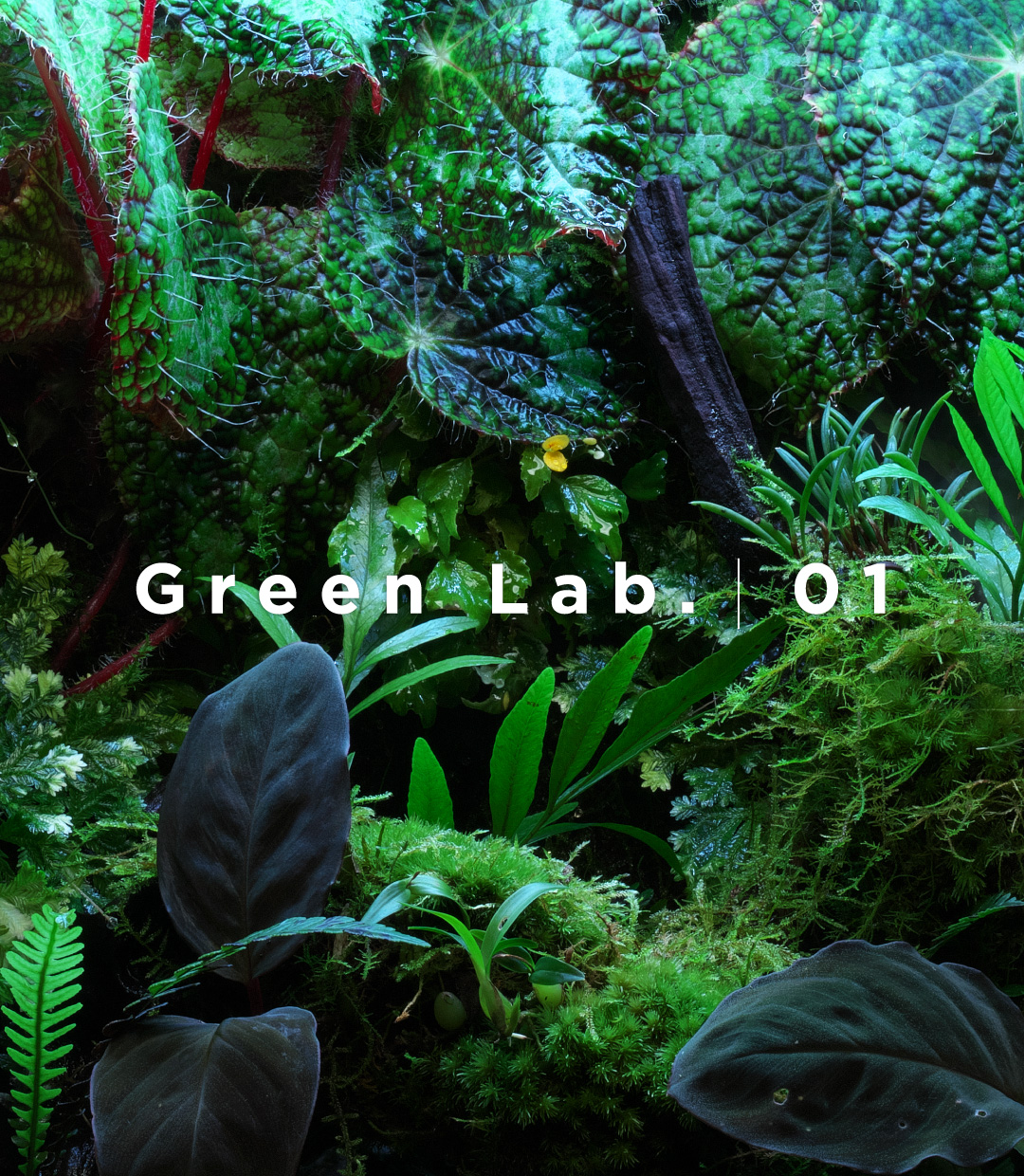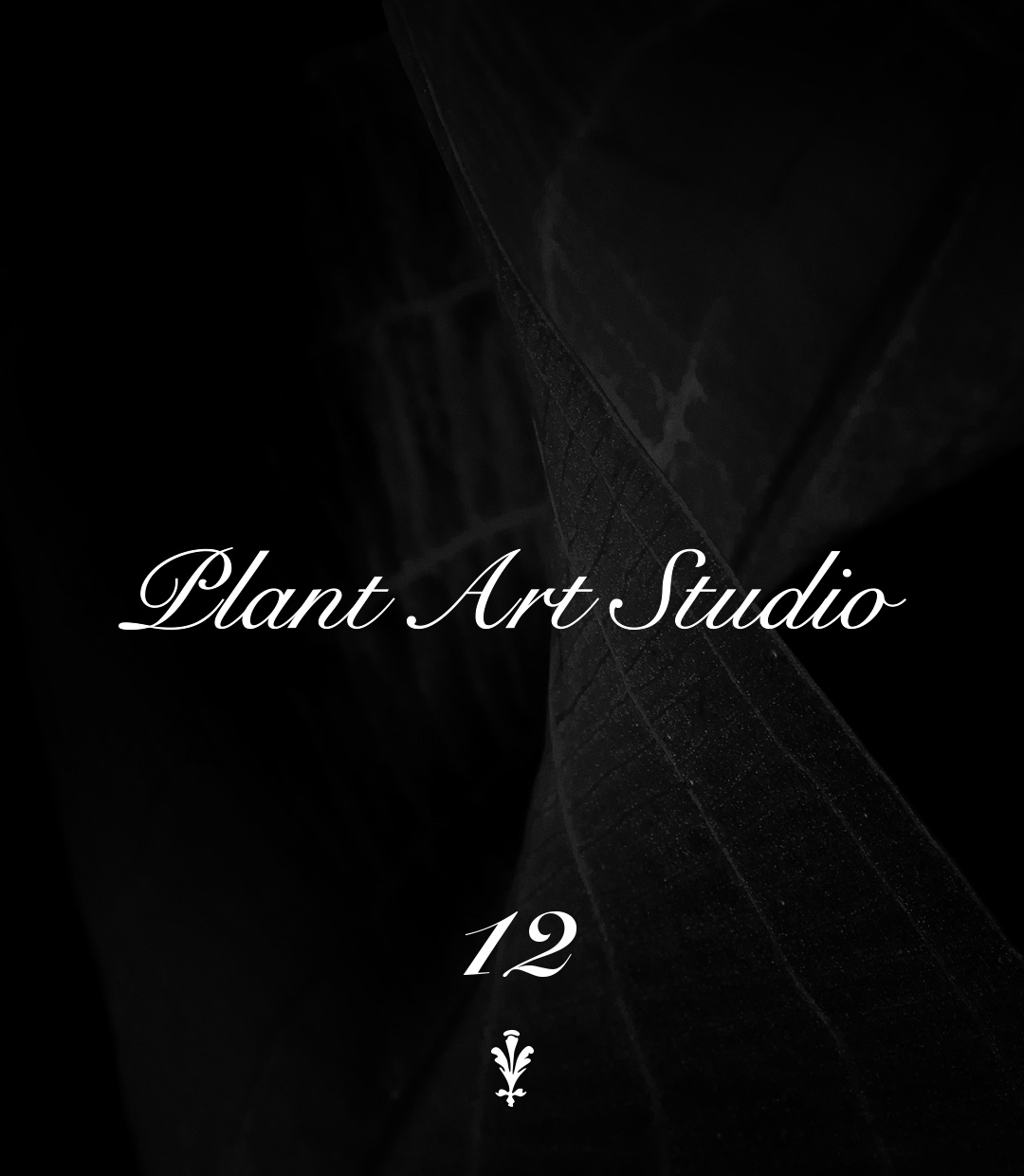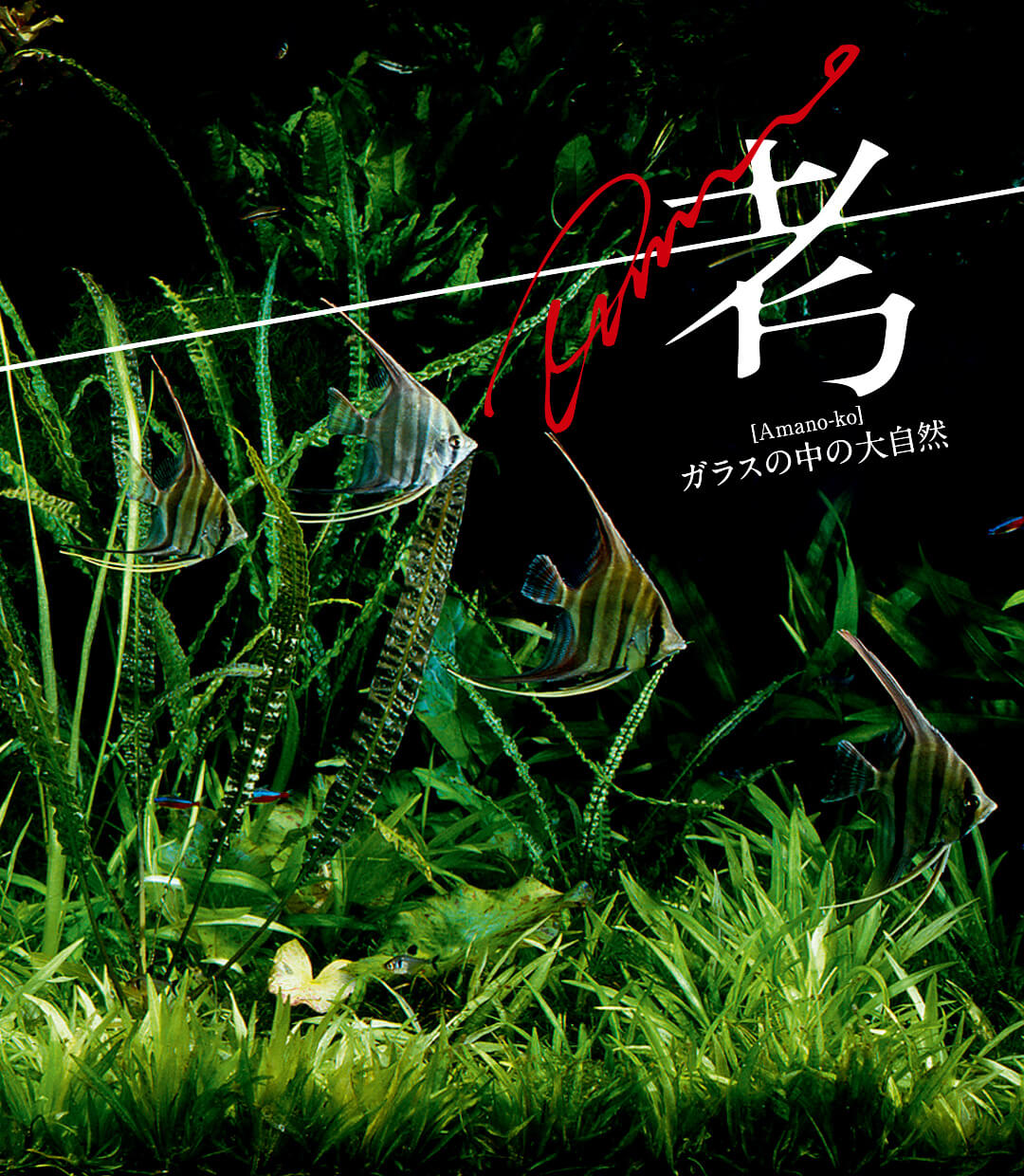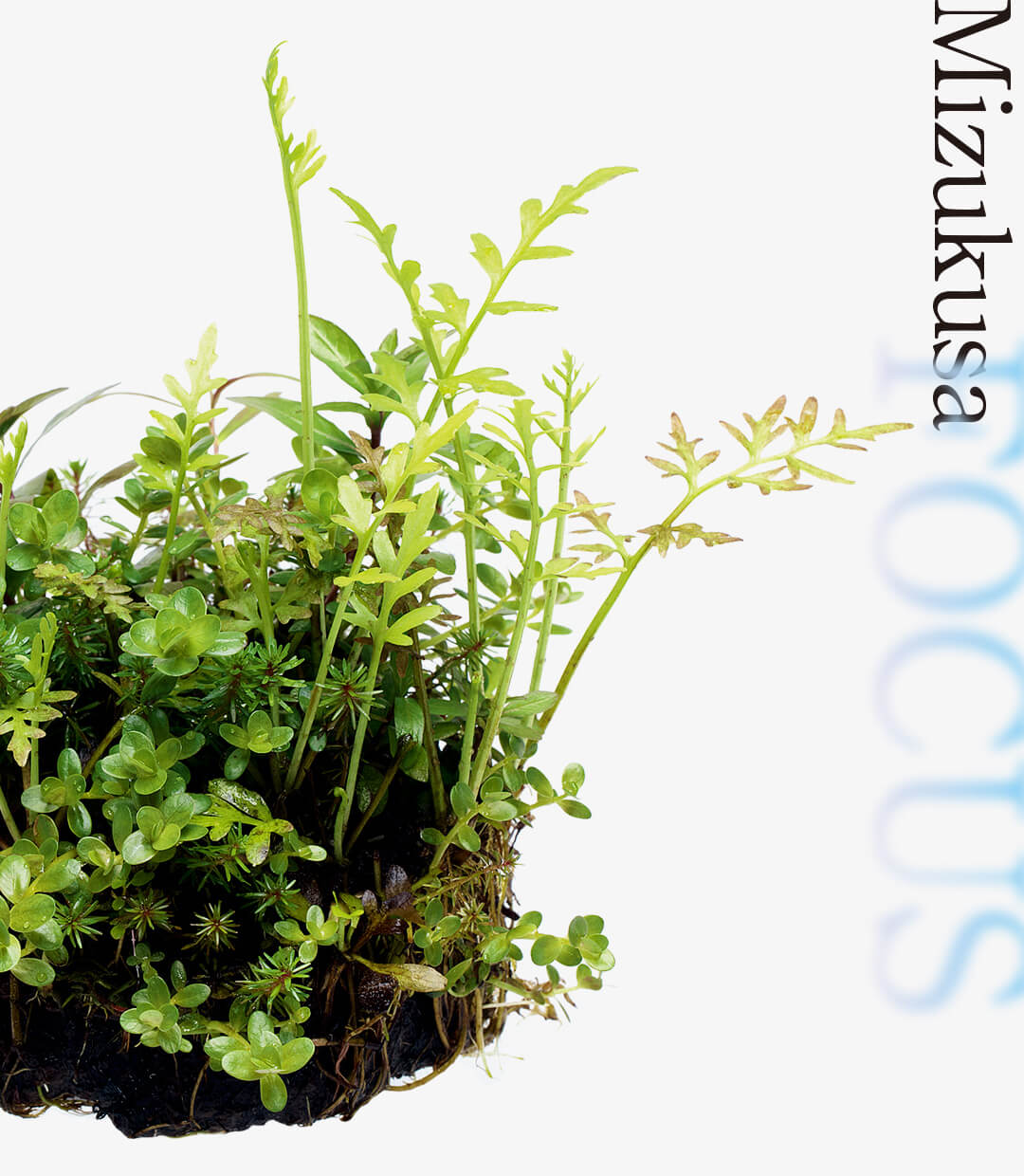ADA PLANTS GALLERY #18 Crinum calamistratum
ADA’s Research and Development Department, called the Green Lab, develops a wide variety of greenery products. In this article, we would like to share with you some interesting bits of trivia about the plants produced in the lab, and a part of their true nature we see from time to time.
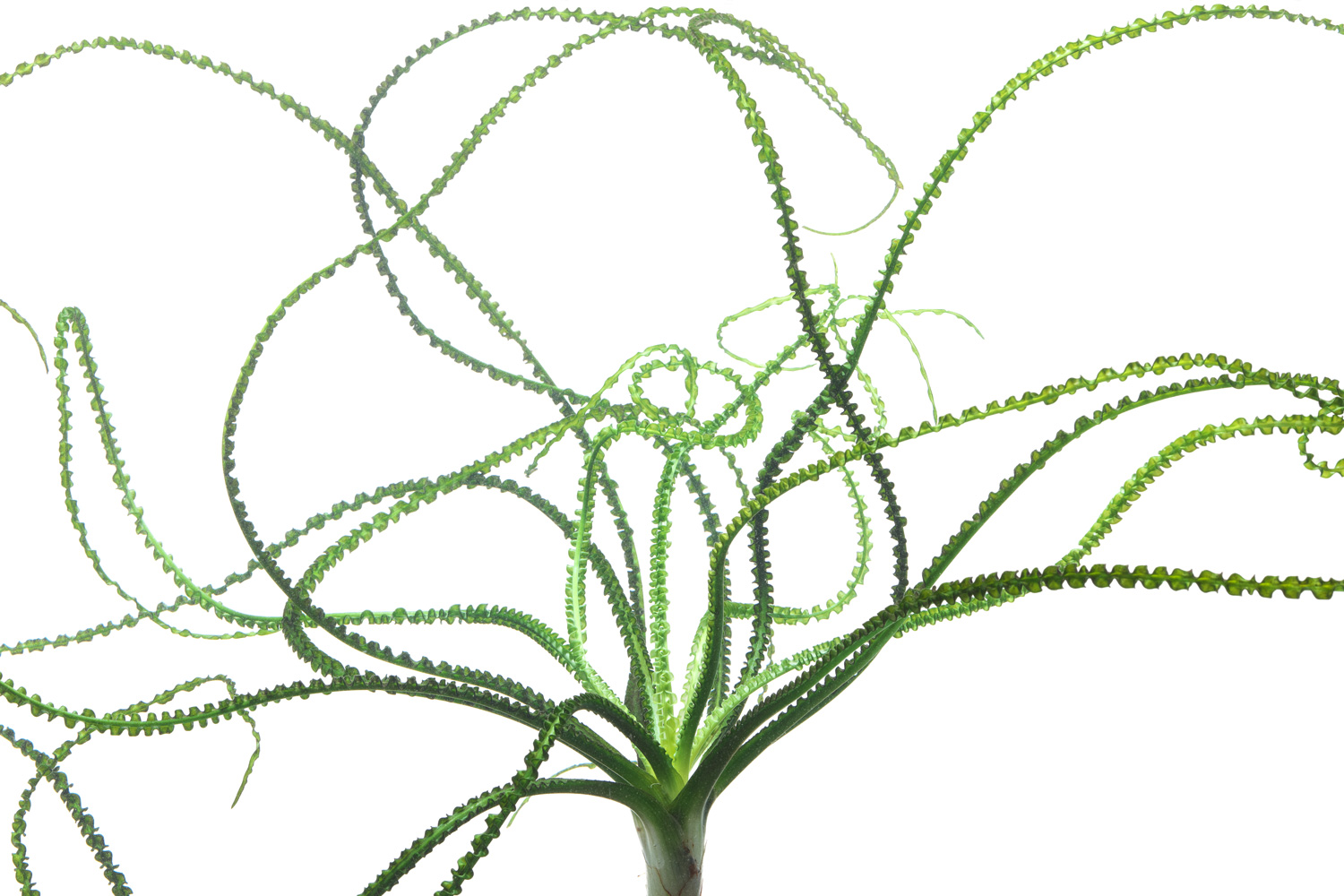
Unusual bulbous aquatic plants
In the horticultural market, there is a trendy plant genre called cape bulbs, which are popular because of their unusual foliage and the powerful bulbs that form over time. Crinum calamistratum, which is believed to be native to western Cameroon near Kumba, is an aquatic plant of the Amaryllidaceae family that has a similar appeal to the cape bulbs. The species name “calamistratum” means “frizzy”, and the unusual leaf shape is characterized by a strong spiral perm.
In the horticultural market, there is a trendy plant genre called cape bulbs, which are popular because of their unusual foliage and the powerful bulbs that form over time. Crinum calamistratum, which is believed to be native to western Cameroon near Kumba, is an aquatic plant of the Amaryllidaceae family that has a similar appeal to the cape bulbs. The species name “calamistratum” means “frizzy”, and the unusual leaf shape is characterized by a strong spiral perm.
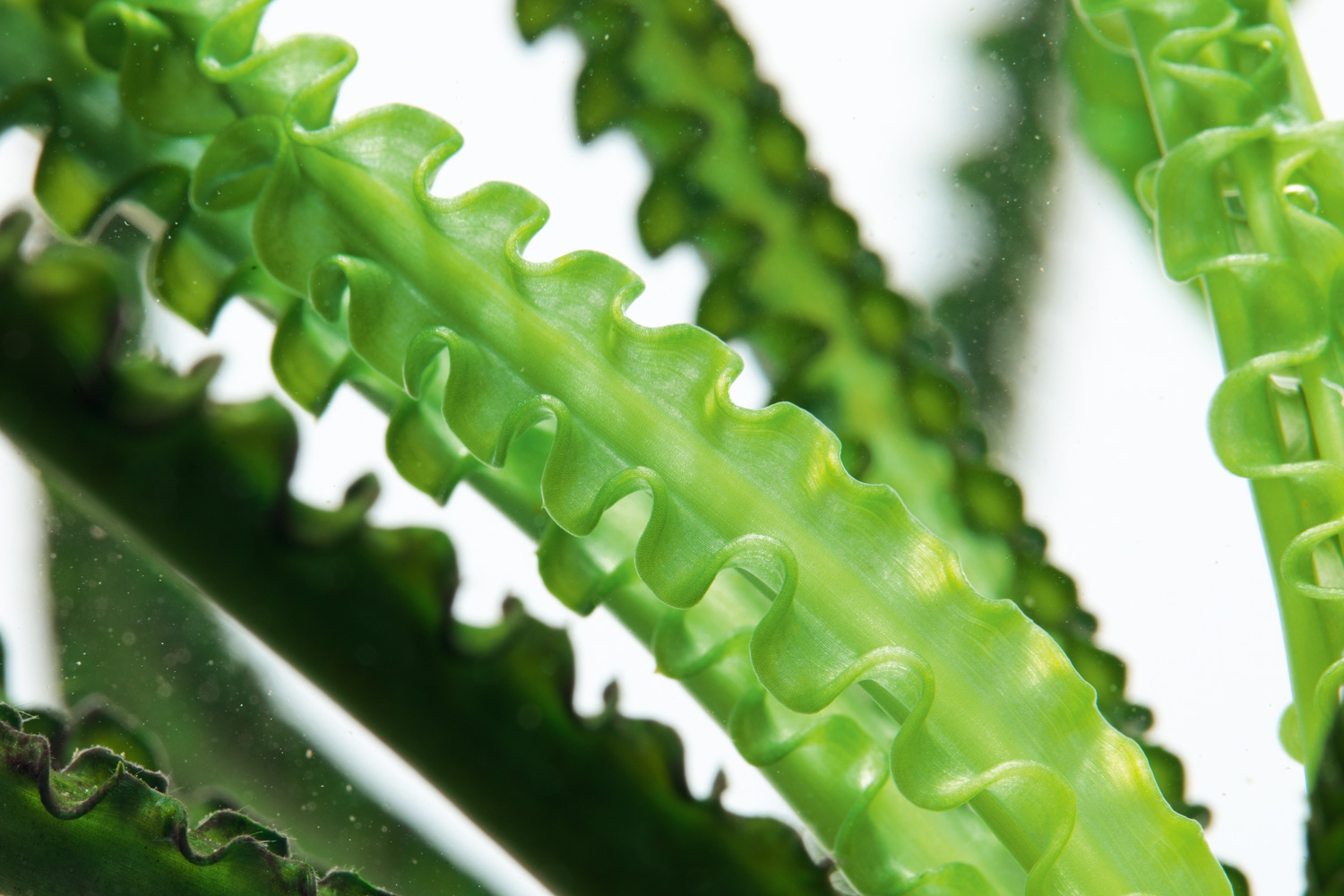
Creating the ultimate single plant
Although a dormant period is always a common occurrence for bulbous plants, this species can grow underwater, and you can enjoy it for a long time without dormancy. Although it requires a large space, a plant grown in a gentle water flow will grow into a beautiful plant with randomly curling leaves extending in all directions. Like Amaryllis, a close relative, it produces flowers when grown for a long period of time, with the petiole extending from the top of the bulb, separate from the center of the plant. This indicates the importance of a well-developed bulb for flowering.
Although a dormant period is always a common occurrence for bulbous plants, this species can grow underwater, and you can enjoy it for a long time without dormancy. Although it requires a large space, a plant grown in a gentle water flow will grow into a beautiful plant with randomly curling leaves extending in all directions. Like Amaryllis, a close relative, it produces flowers when grown for a long period of time, with the petiole extending from the top of the bulb, separate from the center of the plant. This indicates the importance of a well-developed bulb for flowering.
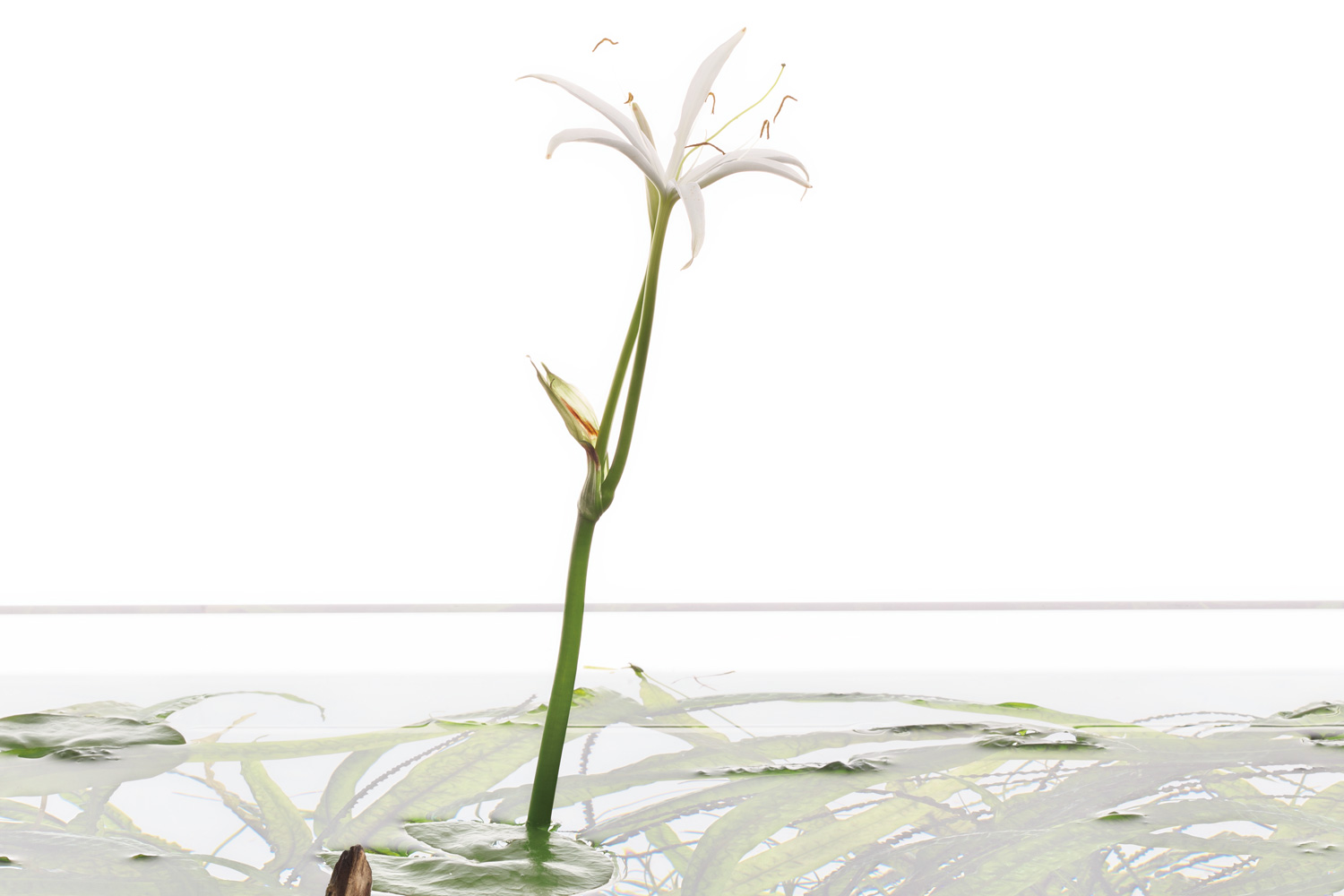
Easy glass case cultivation
Although Crinum calamistratum prefers water flow, it can grow in a water stagnation environment in a Neo Grass Air. A combination of Power Sand Basic S and Tropical River Soil is recommended. Add some Suikei Liquid and ECA Plus when conducting weekly water changes. If the color of new leaves fades or growth slows significantly, use Bottom Plus. It is also a good idea to introduce Caridina multidentata and colored shrimp for algae control and water flow.
Although Crinum calamistratum prefers water flow, it can grow in a water stagnation environment in a Neo Grass Air. A combination of Power Sand Basic S and Tropical River Soil is recommended. Add some Suikei Liquid and ECA Plus when conducting weekly water changes. If the color of new leaves fades or growth slows significantly, use Bottom Plus. It is also a good idea to introduce Caridina multidentata and colored shrimp for algae control and water flow.
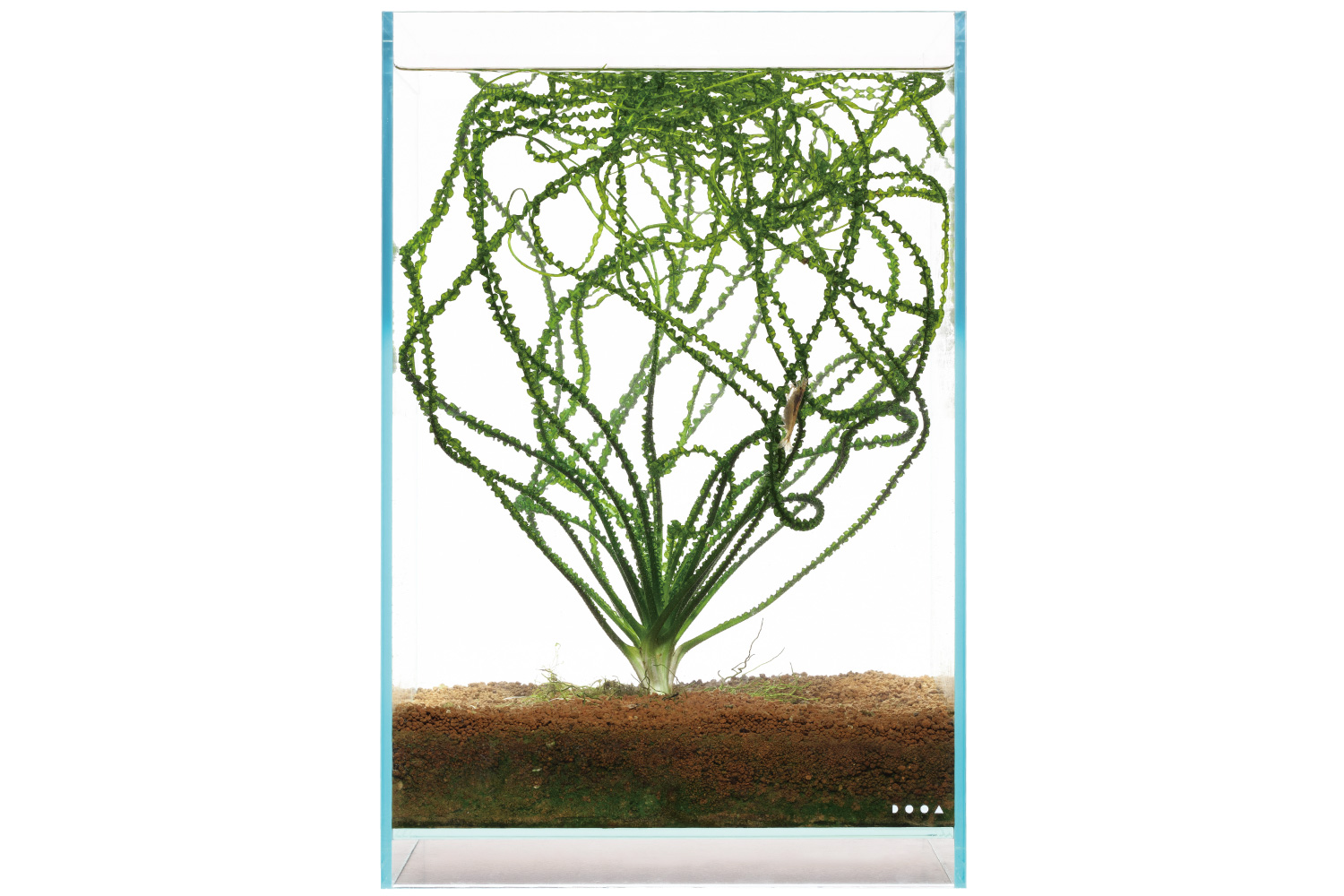
With African aquatic plants and fish
The unique Crinum calamistratum can create the impression of a clear stream in the tropics even when it is just fluttering in the background. It is not suitable when combining with stem plants that require high densities, as it prefers water currents and suits simple combination such as Bolbitis heudelotii, the family of Anubias and African Characiformes species. If the substrate is rich in nutrients, it will develop thicker roots to facilitate growth and increase the number of leaves.
The unique Crinum calamistratum can create the impression of a clear stream in the tropics even when it is just fluttering in the background. It is not suitable when combining with stem plants that require high densities, as it prefers water currents and suits simple combination such as Bolbitis heudelotii, the family of Anubias and African Characiformes species. If the substrate is rich in nutrients, it will develop thicker roots to facilitate growth and increase the number of leaves.
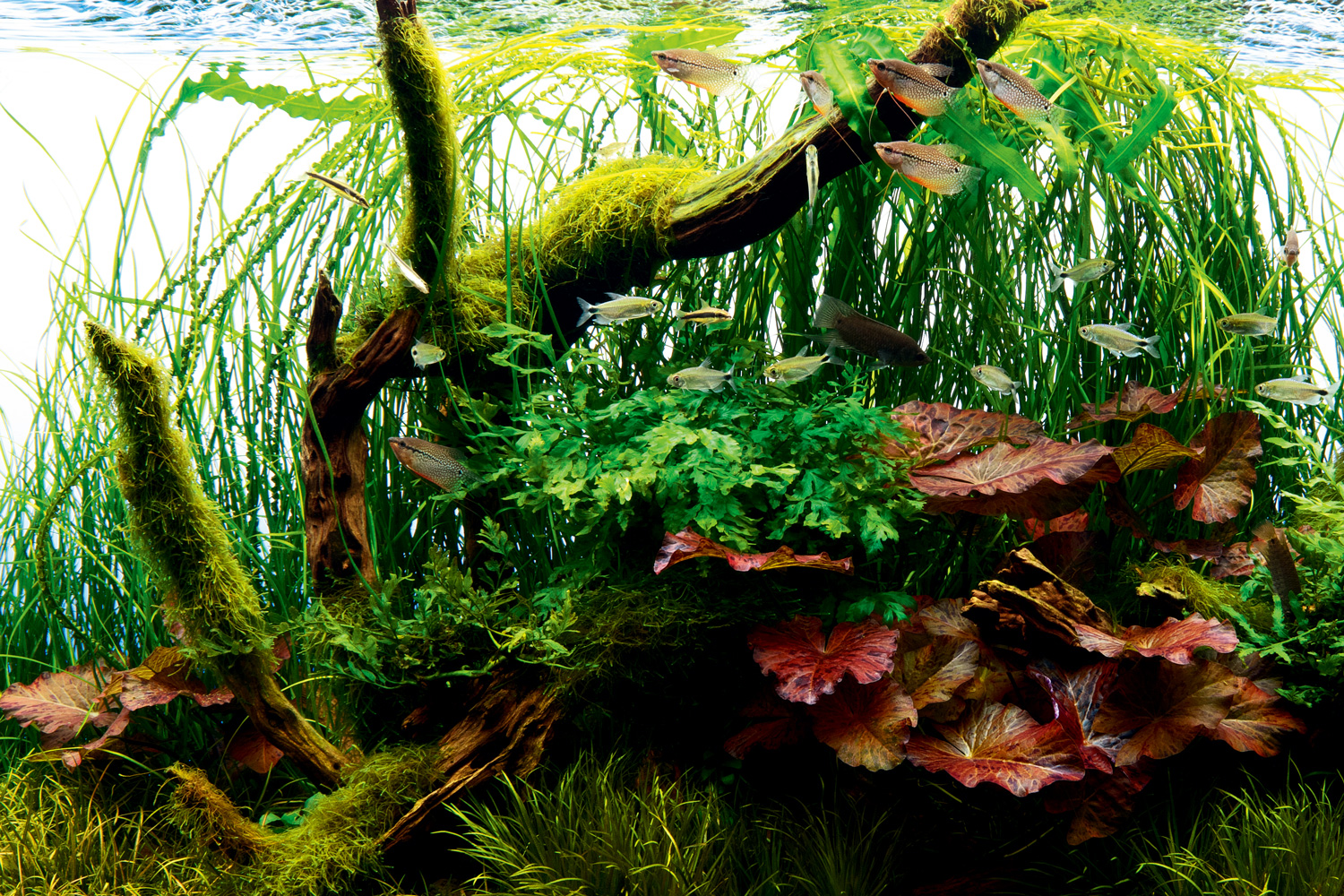
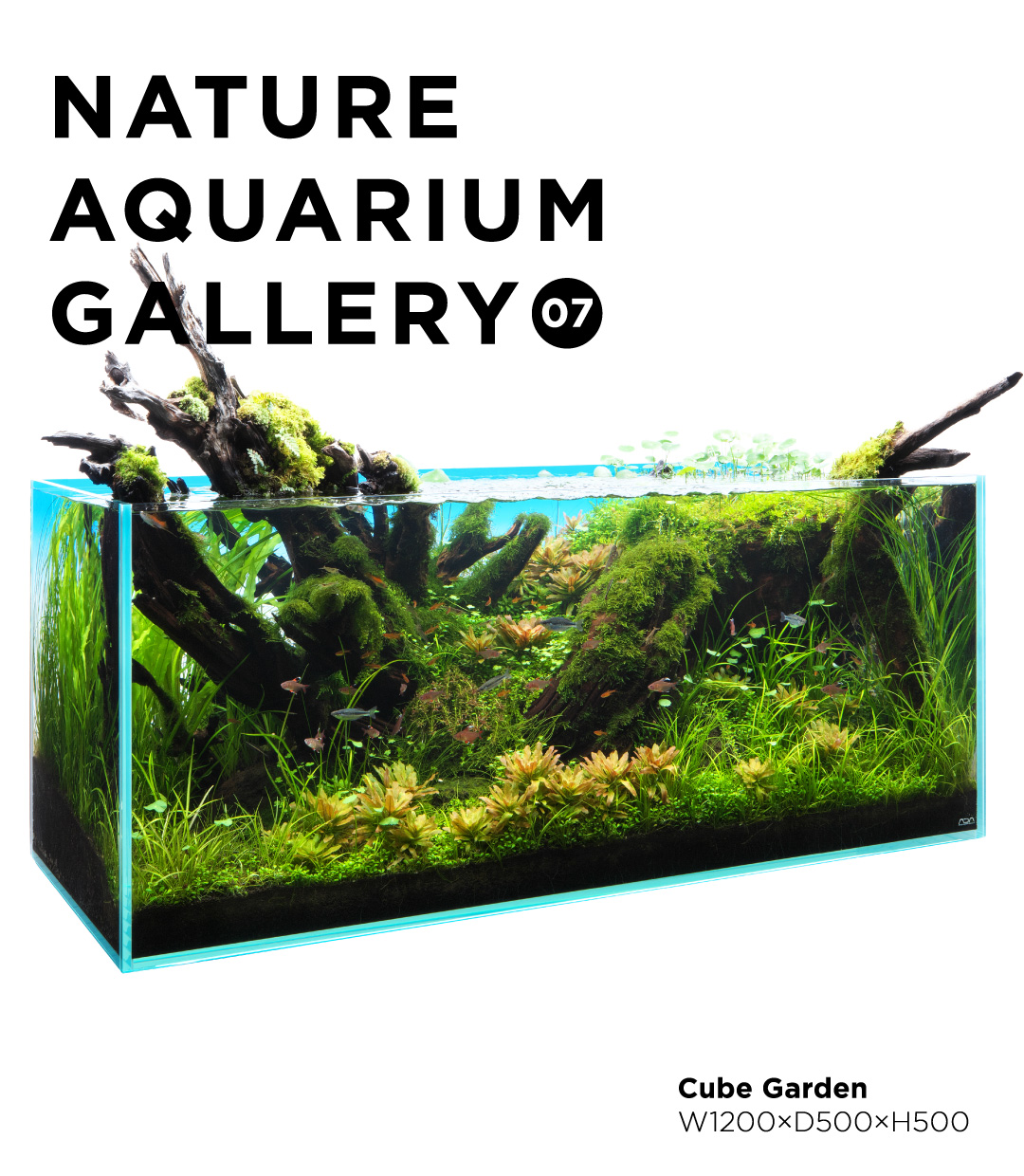
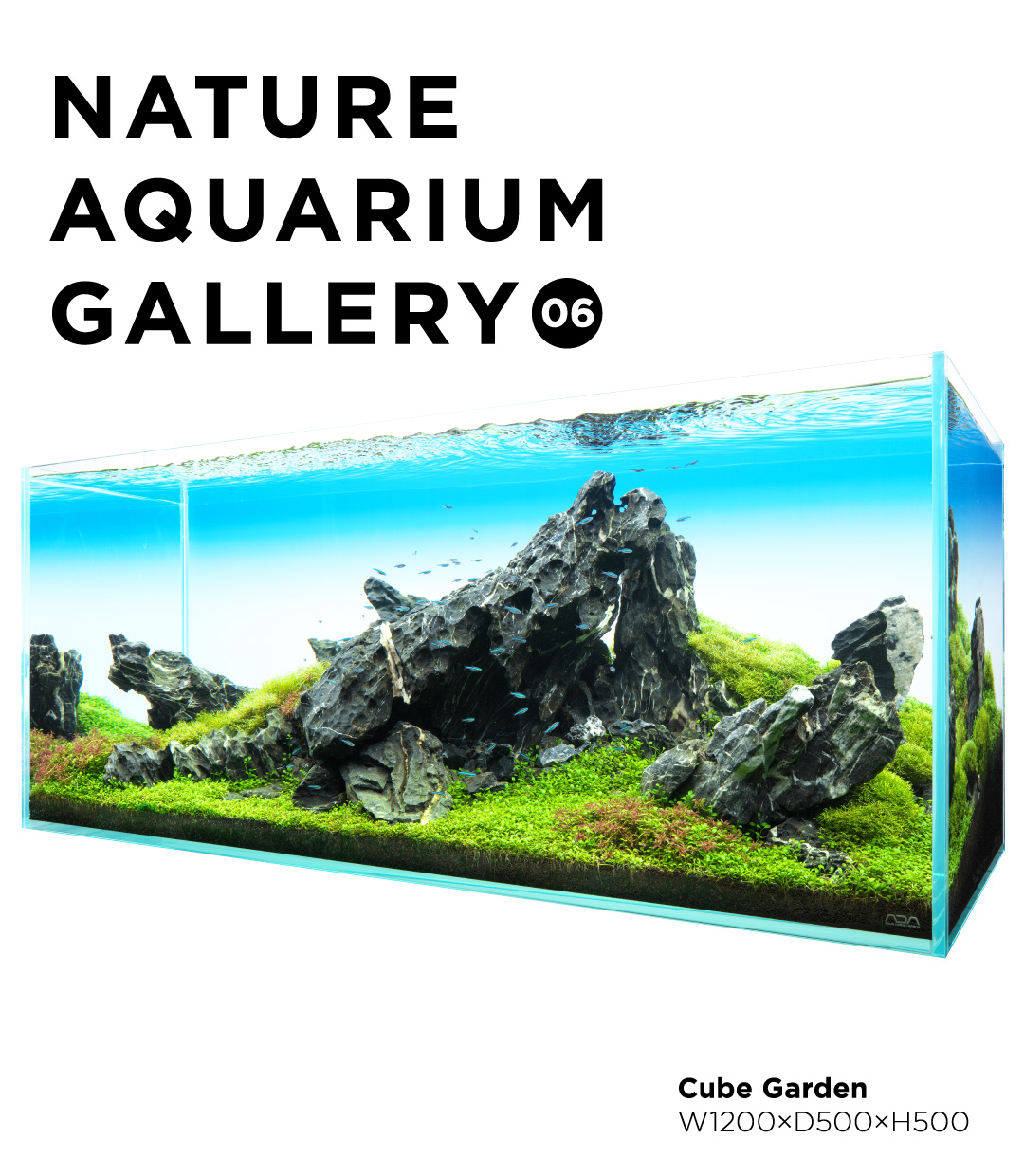
![Green Lab. #06 [ A Restful Waterside ]](https://www.adana.co.jp/wp-content/uploads/sites/3/2025/11/gl06_img_ogp.jpg)

